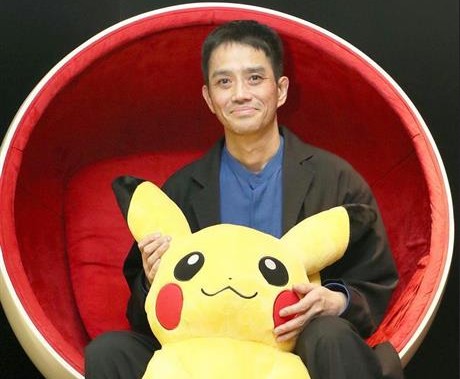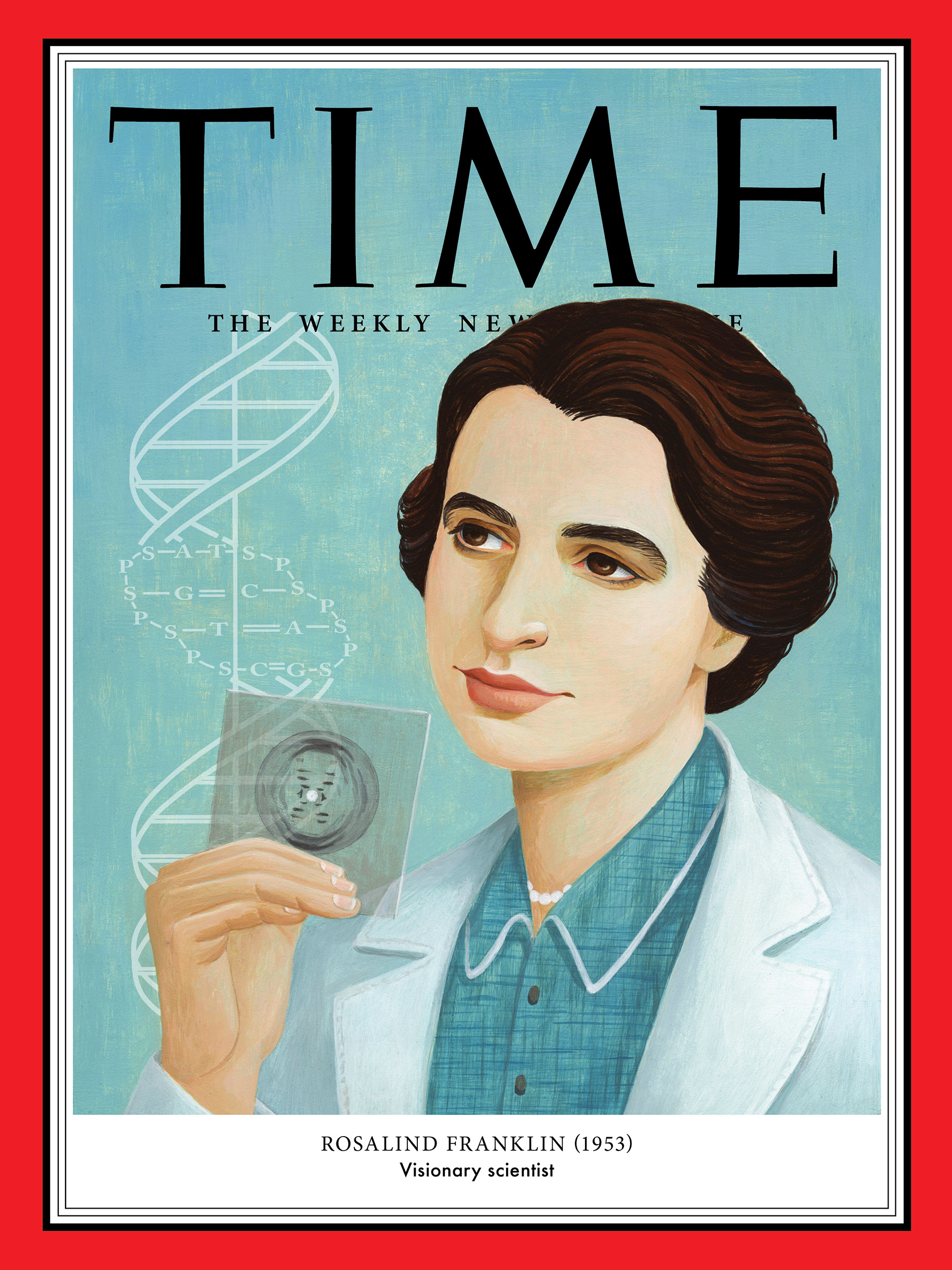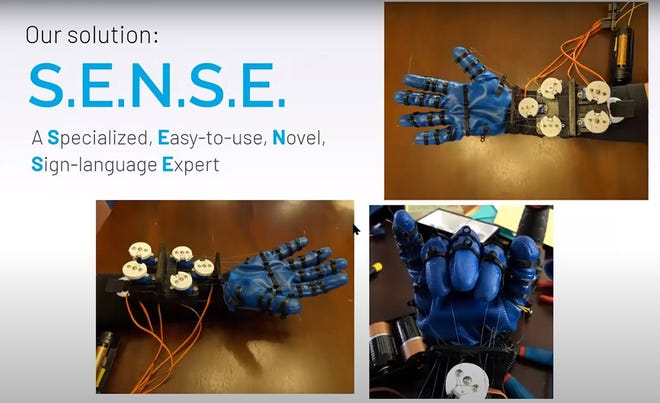Acid Rap, nearly ten years ago to the date. For many of us who grew up in Chicagoland, this mixtape was a defining moment in our adolescence or childhood, and personally served as an album I hold near and dear to my heart, as it is tied to some of the best memories of my youth. If you are unfamiliar with this album, you may assume from the title that LSD was involved in the making of the album, and you would be correct, partially. Chance himself said “[There] was a lot of acid involved in Acid Rap… I mean, it wasn't too much -- I'd say it was about 30 to 40 percent acid ... more so 30 percent acid”. This was not the only factor in Chance’s creative process, however, it allowed some creative barriers to be removed. In the creation of this album in particular, Chance was extremely collaborative in the creation of Acid Rap, working with other Chicago artists both big and small, as well as national sensations like Childish Gambino. Even some of his first musical endeavors were collaborative, with a duo that he formed as a freshman in high school named Instrumentality. 
Acid Rap was the mixtape that put Chance the Rapper, one of the biggest Chicago artists of the 2010s, on the map. His music changed the genre of rap, and it is only fair to acknowledge him as a big-C creative. Undoubtedly, Chance made a significant impact on the adolescence of many Chicago teenagers. I know that I was one of them, and I am sure that at least one person reading this entry was too.
References:
https://www.mtv.com/news/mb1747/chance-the-rapper-acid-rap-mixtape
https://www.complex.com/music/2013/03/who-is-chance-the-rapper

























